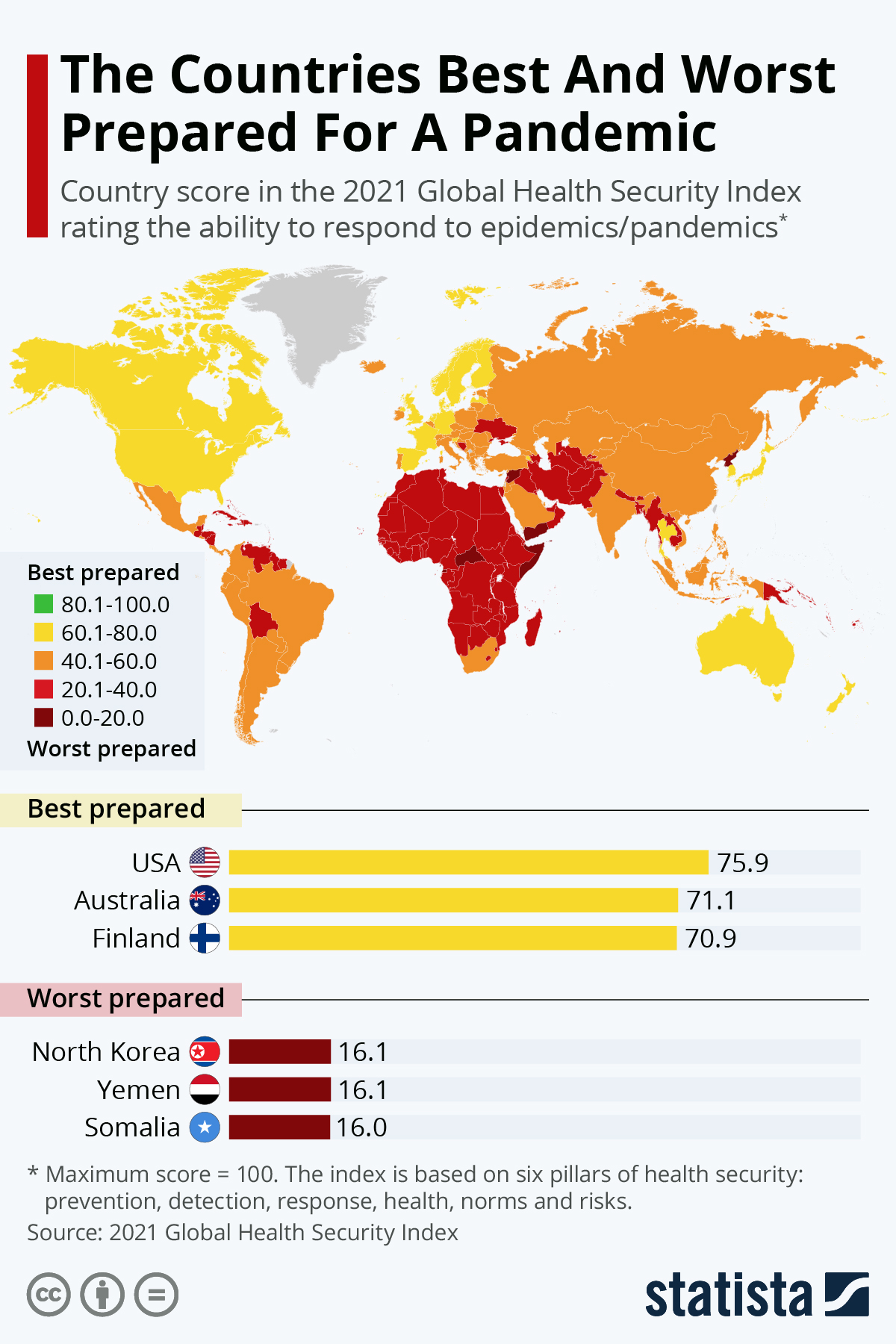What stuck out to me most in this week’s podcast was the sentence: “There is leadership in simply surviving.” Both Bezio in the podcast and Danusha Veronica Goska in the reading discuss this idea. As the podcast talked about the importance of using leadership to push for change, this reminded me of the idea that individual’s survival can in-and-of itself be an act of resistance and a mechanism for change. I think this directly connects to the stories Goska shares from everyday life and their navigation of the world. Living in a world not designed with the needs of everyone in mind, that prioritizes the needs and wants of very specific groups such as white able-bodied men, means that any other individuals acts of survival act as resistance to the norms of the social system in place. Like the metaphor of the teacup Dr. Bezio used, the collective of the efforts of many individuals can be really powerful, so that one individual act of resistance is never truly alone, which while I don’t think will immediately solve all of the systemic issues our school/country/world faces, it definitely provides an opportunity for change and helps create a sense of community and support.
On the other hand, in both the podcast and Goska’s writing, the message that these efforts have to come from individuals, especially individuals who experience violence and oppression daily, is incredibly frustrating. I think the phrasing of survival as an act of resistance is incredibly powerful in our world, but it also should not have to be. Surviving should not be resistance.
I think these ideas: hope in collective action and frustration at the state of the world, can both exist at the same time, they can just be very conflicting. One quote from Tony Kushner in the reading the I appreciated was “Maintain the world by changing the world.” I think this is an example of both those ideas existing together at the same time, or surviving, pushing for changing, and leading, and disagreeing with the current state of the world. It’s a very simple statement, and the actual practice and implementation is far more complicated, but I appreciate how it makes both of these sentiments and stances possible, allowing them to coexist, and possibly even connect.

